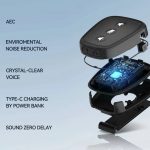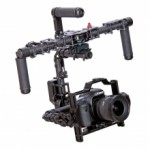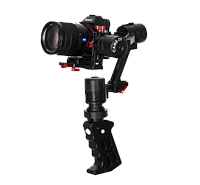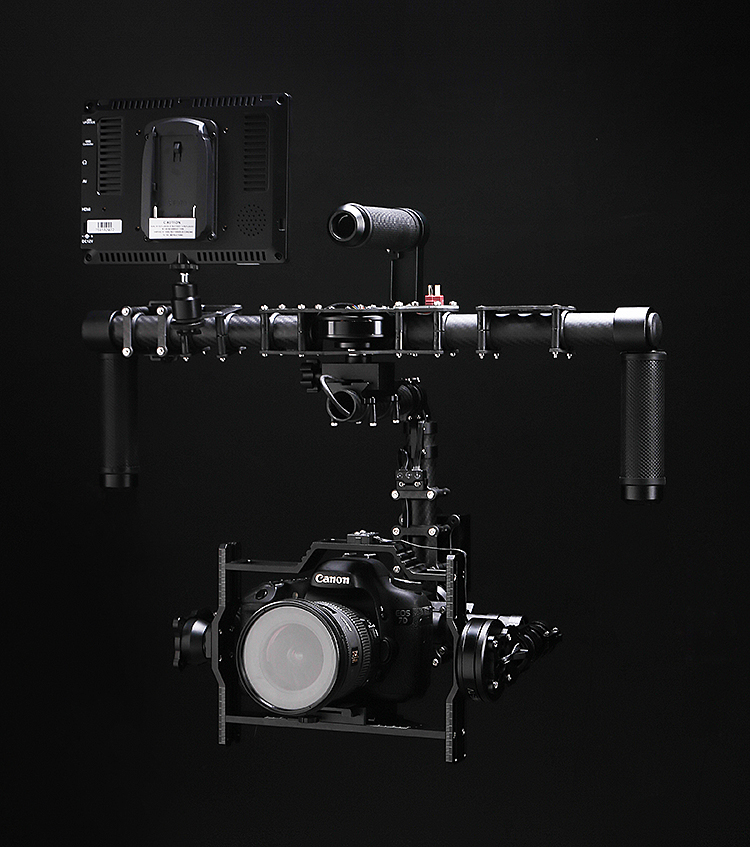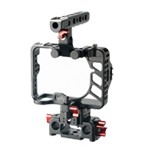MrCheesycam, recently uploaded this detailed review on the new CAME-Action Gimbal for the GoPro!
The brand new CAME-Action Gimbal is made solely for the GoPro Hero 3, 3+ and 4. Like the CAME-Single, the CAME-Action is a 3-axis gimbal that has brushless motors with encoders. The CAME-Action is extremely lightweight - weighing in about 300 grams(0.66 pounds) without the camera and batteries. It comes with a durable carrying case that the gimbal fits nicely into.
For more information on the CAME-Action Gimbal For The GoPro click below!















